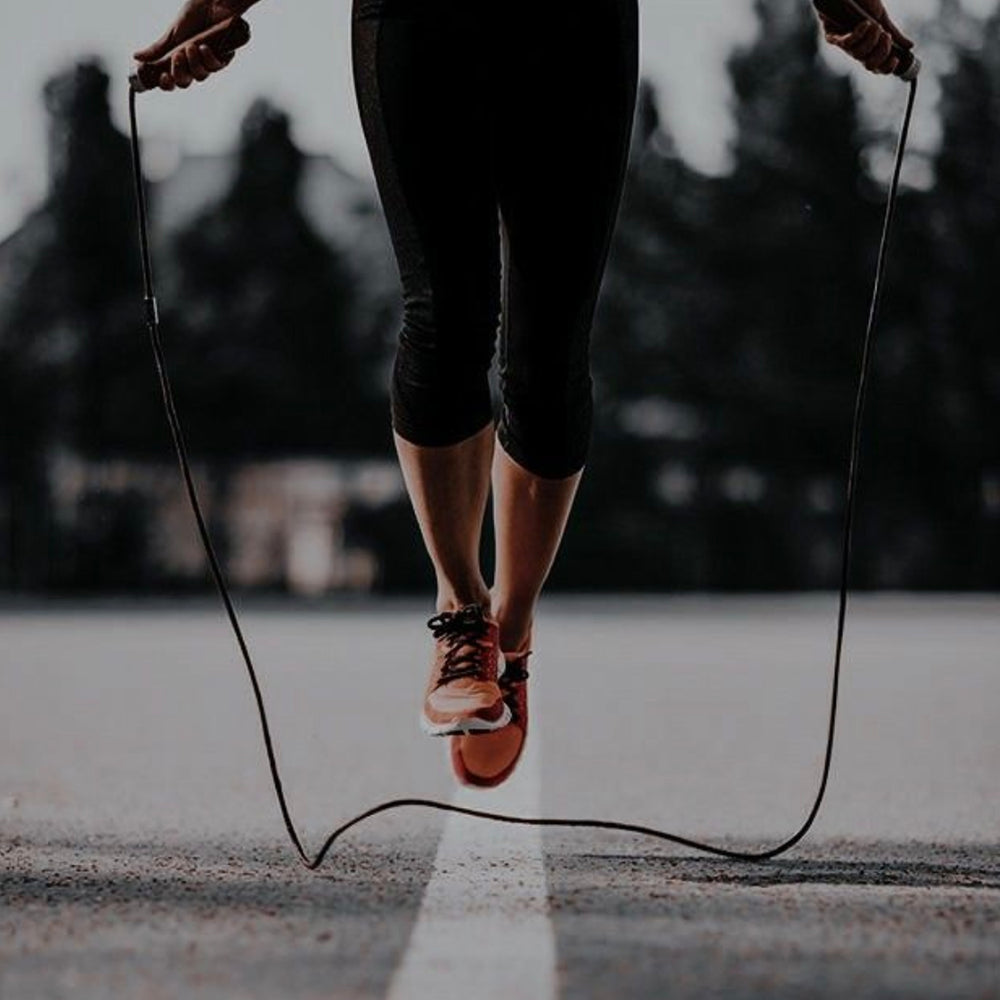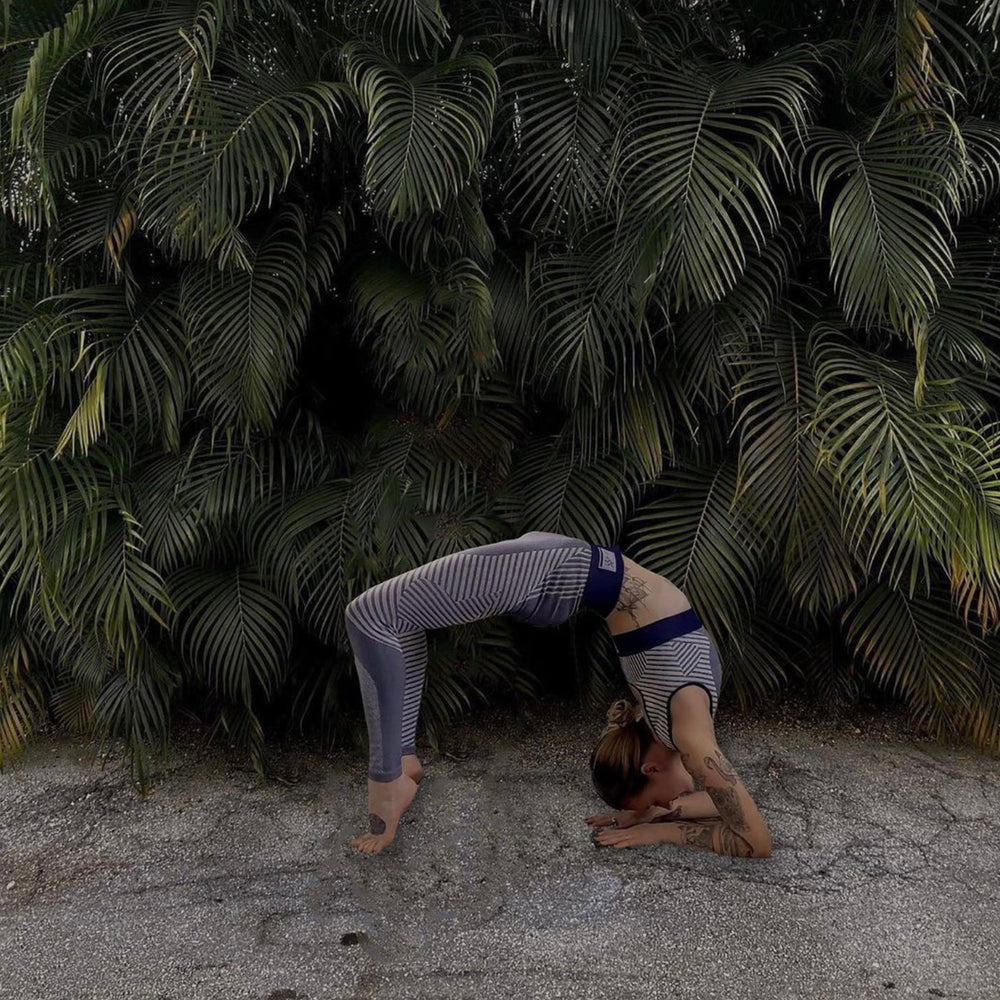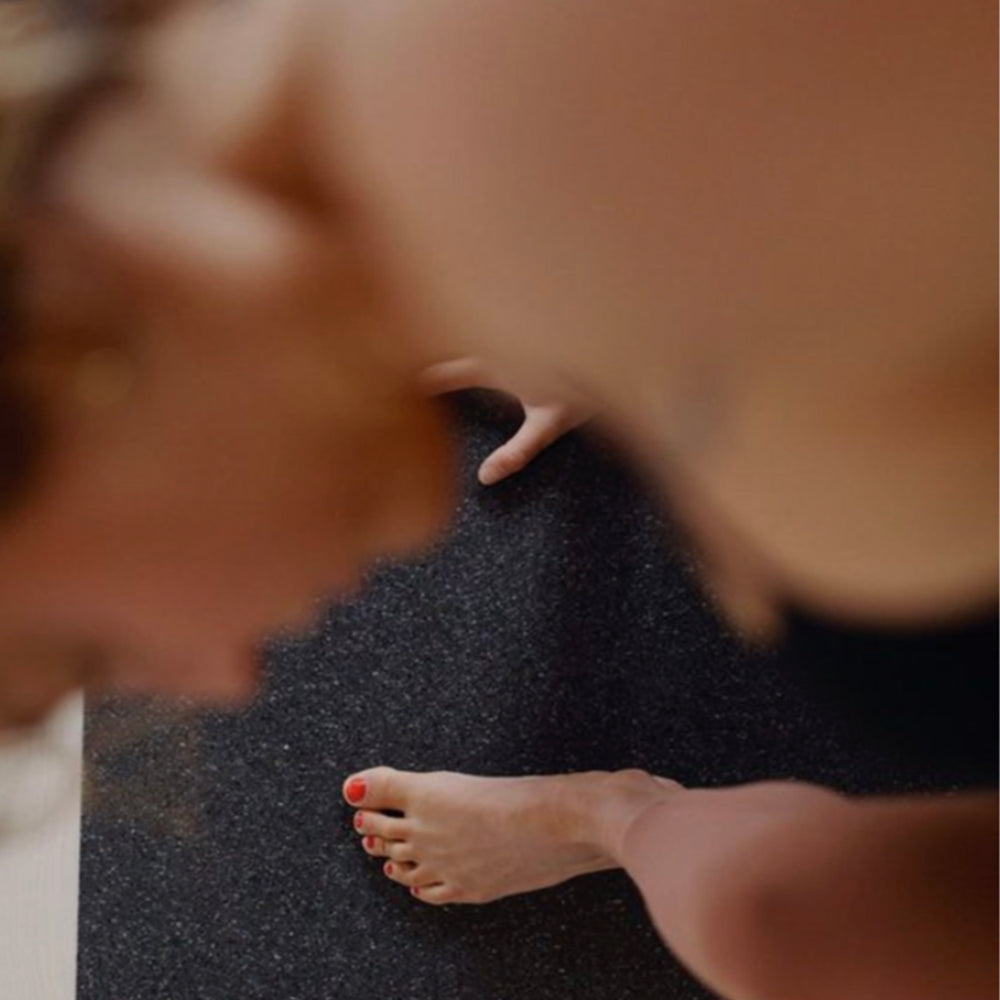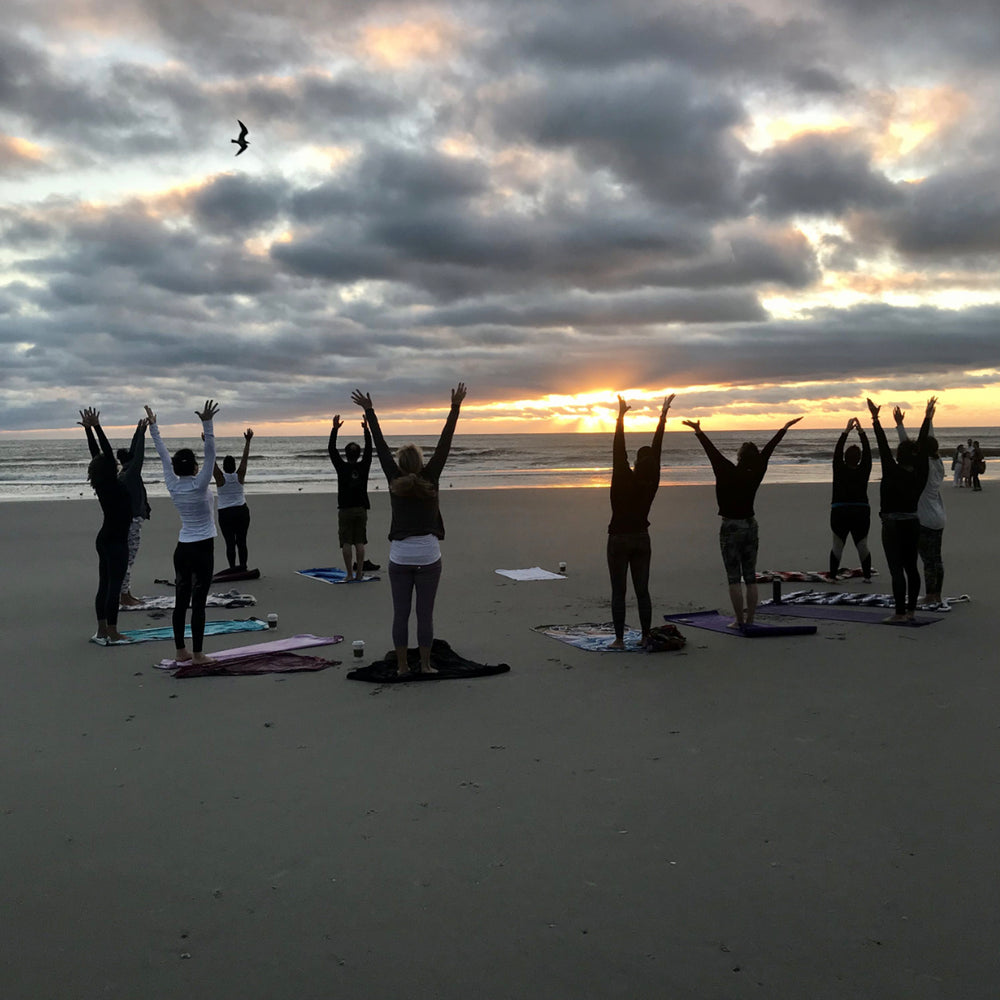
As we age, maintaining physical activity becomes increasingly important. Yoga, with its gentle movements and emphasis on balance and flexibility, is an excellent option for senior citizens. It offers a low-impact way to stay active, improve mobility, and enhance overall well-being. This article explores a series of yoga poses that are particularly suitable for seniors, focusing on gentle stretching, strengthening, and balance to ensure a safe and effective practice.
Understanding the Needs of Senior Citizens in Yoga
For seniors, the primary goals of practicing yoga include maintaining muscle tone, improving joint flexibility, enhancing balance to prevent falls, and reducing stress. Yoga can also offer community and a sense of connectedness, which is vital at this stage of life.
Yoga Poses for Seniors
1. Chair Pose (Utkatasana)
Chair Pose is a gentle way to strengthen the thighs and buttocks, improving balance and stability.
**Technique**: Stand with your feet hip-width apart. Bend your knees, as if you are going to sit back into a chair, while raising your arms up. Keep your back straight and abs engaged.
2. Warrior II (Virabhadrasana II)
This pose increases leg strength, improves balance, and opens the hips and chest.
**Technique**: Stand with your feet wide apart, turn one foot out, and bend the knee to a 90-degree angle. Extend your arms parallel to the floor, and gaze over your front hand.
3. Tree Pose (Vrksasana)
Tree Pose enhances balance and focus while strengthening the ankles, legs, and core.
**Technique**: Stand on one leg, place the sole of your other foot on your inner thigh, calf, or ankle (avoiding the knee). Bring your hands to a prayer position at your chest.
4. Seated Forward Bend (Paschimottanasana)
This seated pose stretches the spine and hamstrings, promoting flexibility.
**Technique**: Sit with your legs extended, inhale to lengthen your spine, and exhale to gently fold forward from the hips, reaching towards your feet.
5. Cat-Cow Stretch (Marjaryasana-Bitilasana)
This gentle flow improves flexibility in the spine and neck, which can help with stiffness and pain.
**Technique**: On all fours, alternate between arching your back and rounding it upwards, syncing the movement with your breath.
6. Seated Spinal Twist (Ardha Matsyendrasana)
Twisting poses aid in maintaining spinal mobility and can improve digestion.
**Technique**: Sit on a chair or on the floor with your legs crossed. Place one hand on your opposite knee and the other behind you, gently twisting your torso and looking over your shoulder.
Integrating Yoga into a Senior’s Routine
Incorporating these poses into a daily or weekly routine can significantly benefit seniors. Start with short sessions and gradually increase as comfort allows.
Tips for Senior Citizens Practicing Yoga
**Consult with Healthcare Providers**: It’s important for seniors to consult with healthcare providers before starting any new exercise regimen, including yoga.
**Use Props for Support**: Props such as blocks, straps, and chairs can provide additional support and stability.
**Focus on Gentle Movements**: Avoid any poses or movements that cause pain or discomfort. Yoga should be gentle and comfortable.
**Stay Hydrated**: Keep water nearby and stay hydrated throughout the practice.
**Practice in a Safe Environment**: Ensure the practice area is free of obstacles and hazards to prevent falls.
The Role of Breathwork in Yoga for Seniors
Breathing exercises, or pranayama, are an integral part of yoga and particularly beneficial for seniors. Techniques like deep abdominal breathing or alternate nostril breathing can enhance lung capacity, reduce anxiety, and promote relaxation.
Overcoming Challenges in Yoga for Seniors
Some seniors may face challenges such as limited mobility or chronic health conditions. Adaptations and modifications of poses are key. Listening to the body and practicing at a comfortable pace is essential.
Yoga as a Holistic Practice
Beyond physical benefits, yoga offers mental and emotional advantages. It can reduce stress, enhance mood, and foster a sense of inner peace.
The Importance of Consistency
Regular practice is key to reaping the full benefits of yoga for seniors. Consistency leads to gradual improvements in strength, flexibility, and balance.
Conclusion
Yoga offers senior citizens a graceful way to maintain health and wellness. With its adaptable nature, yoga can be practiced by individuals at various levels of fitness and mobility. Embracing these yoga practices can lead to improved physical health, mental clarity, and a deeper sense of overall well-being. Remember, yoga is not about perfection; it’s about making space in one’s life for movement and growth at any age.
|











